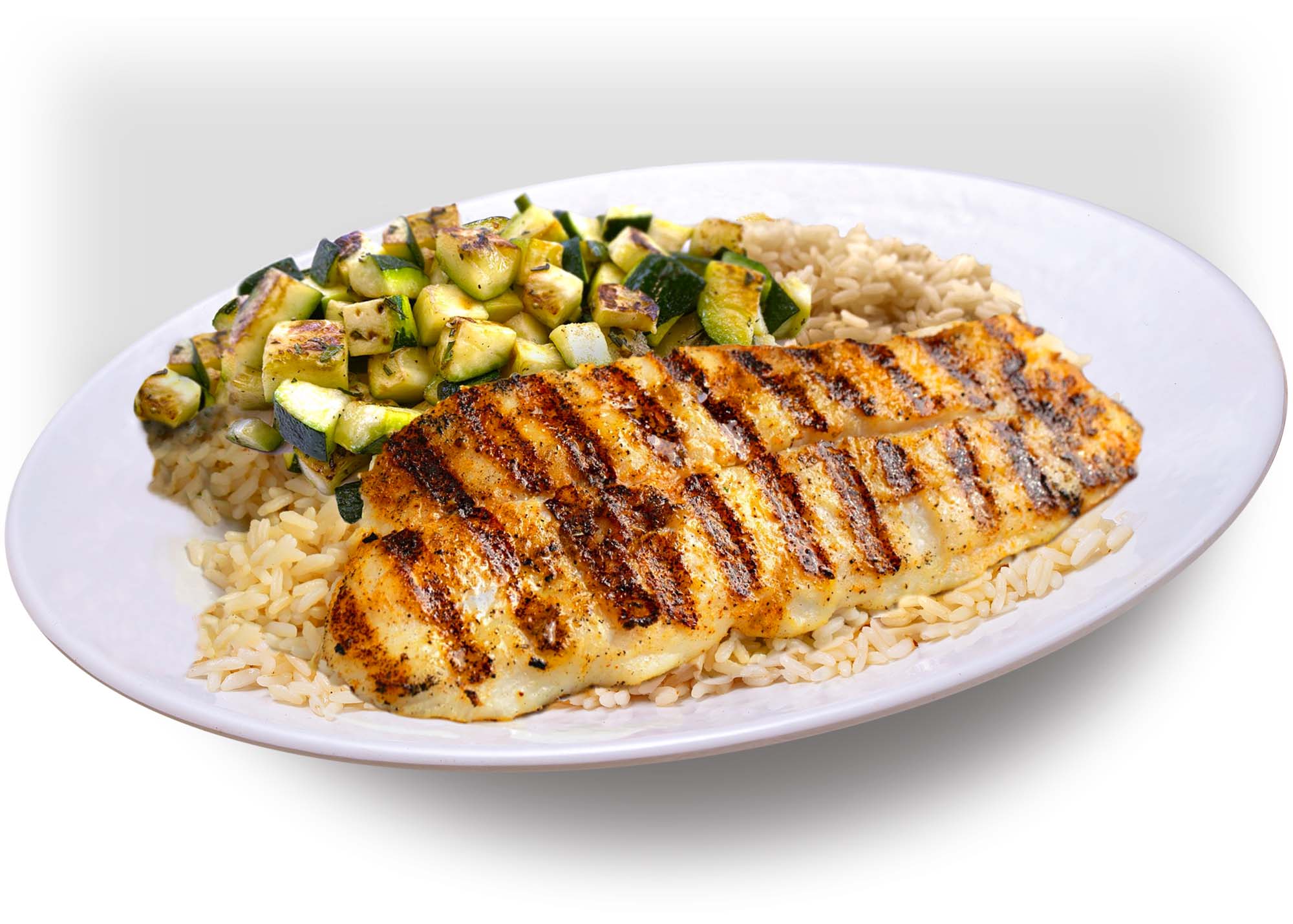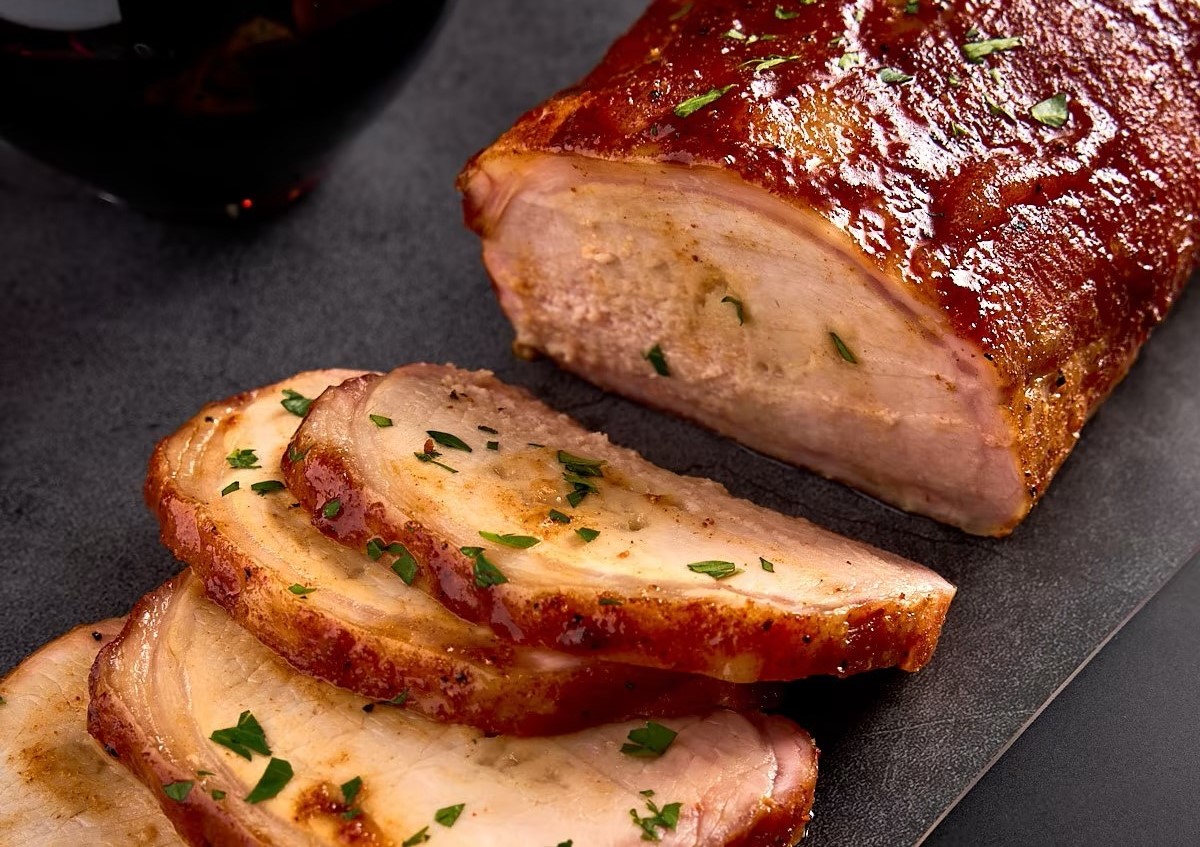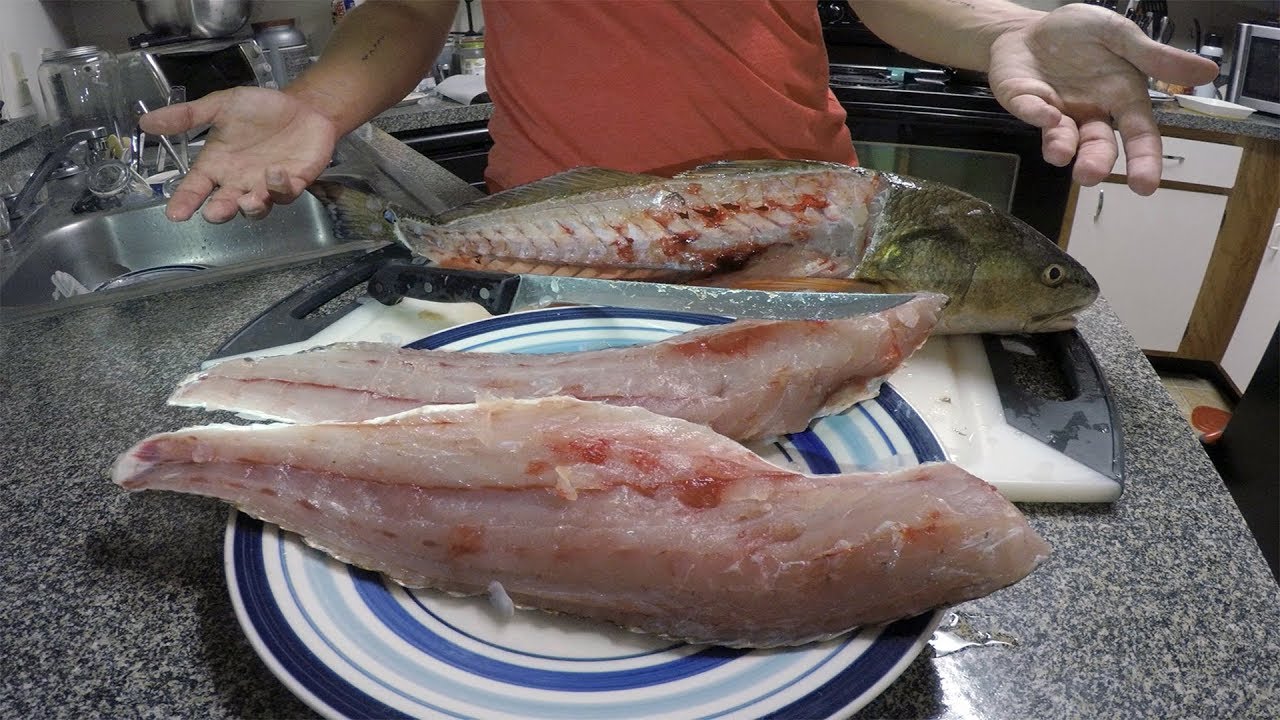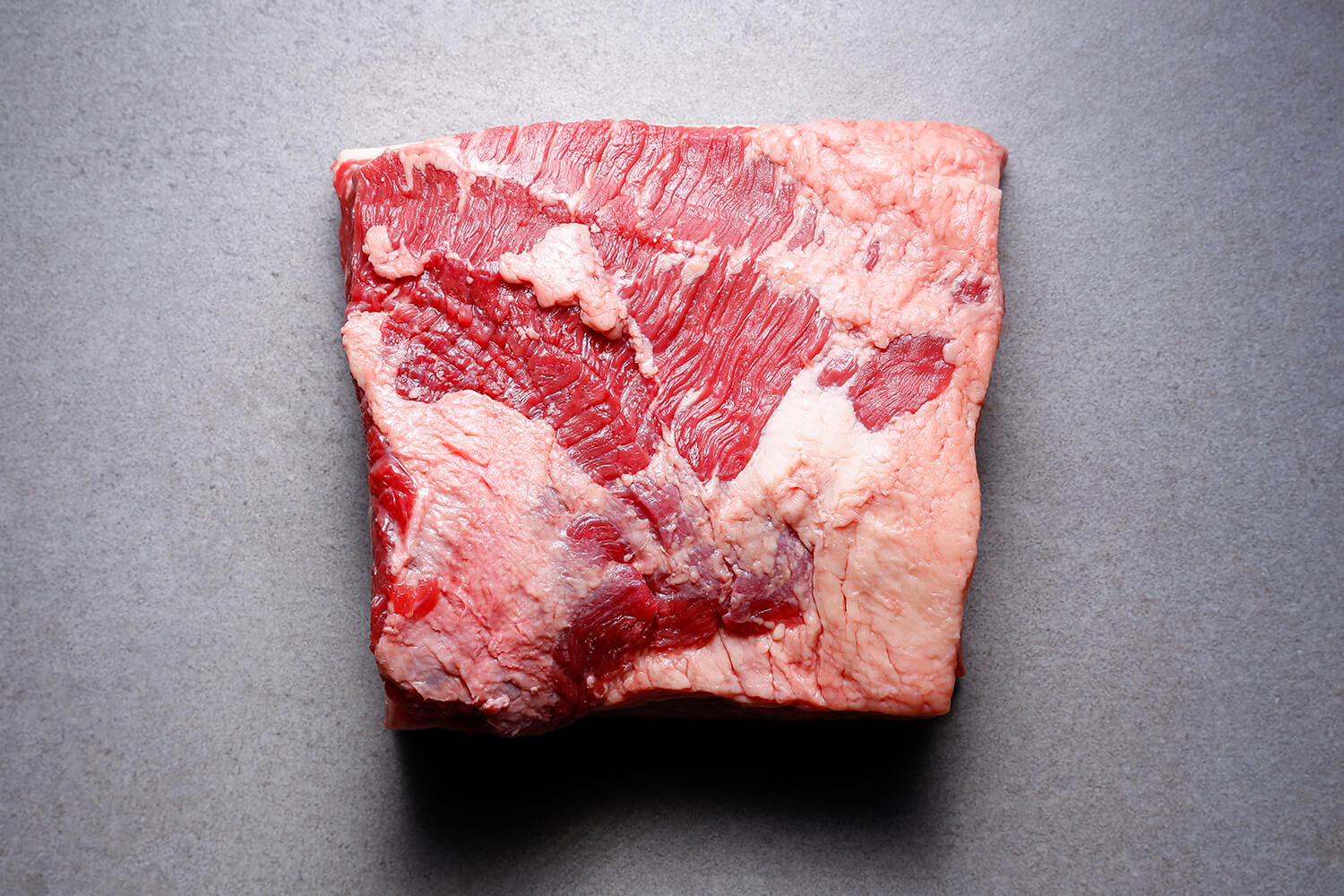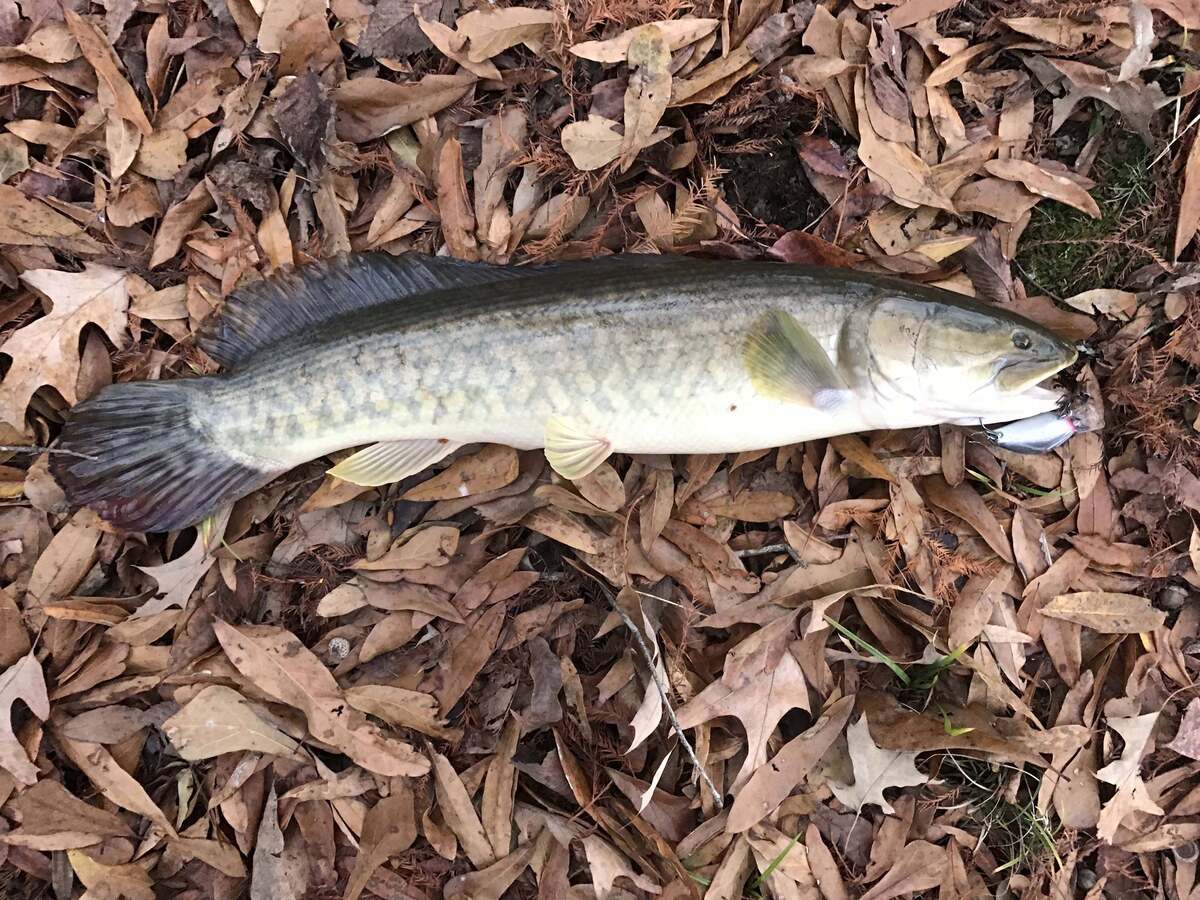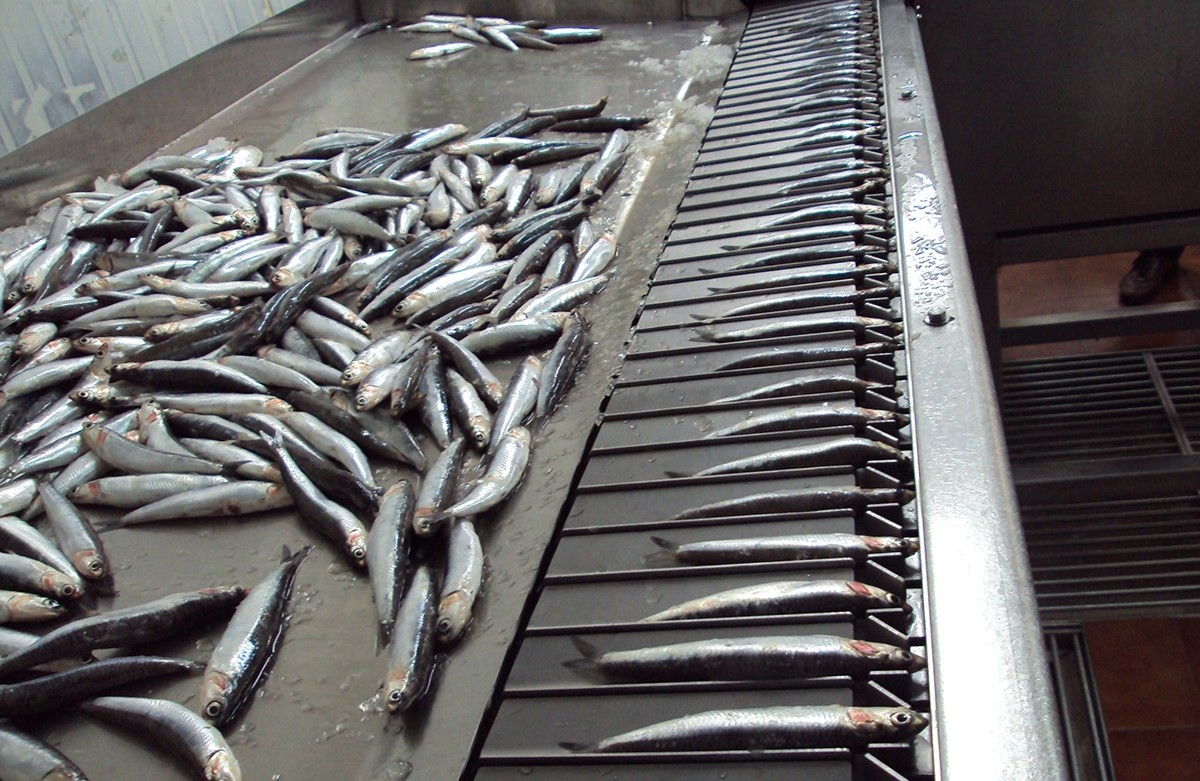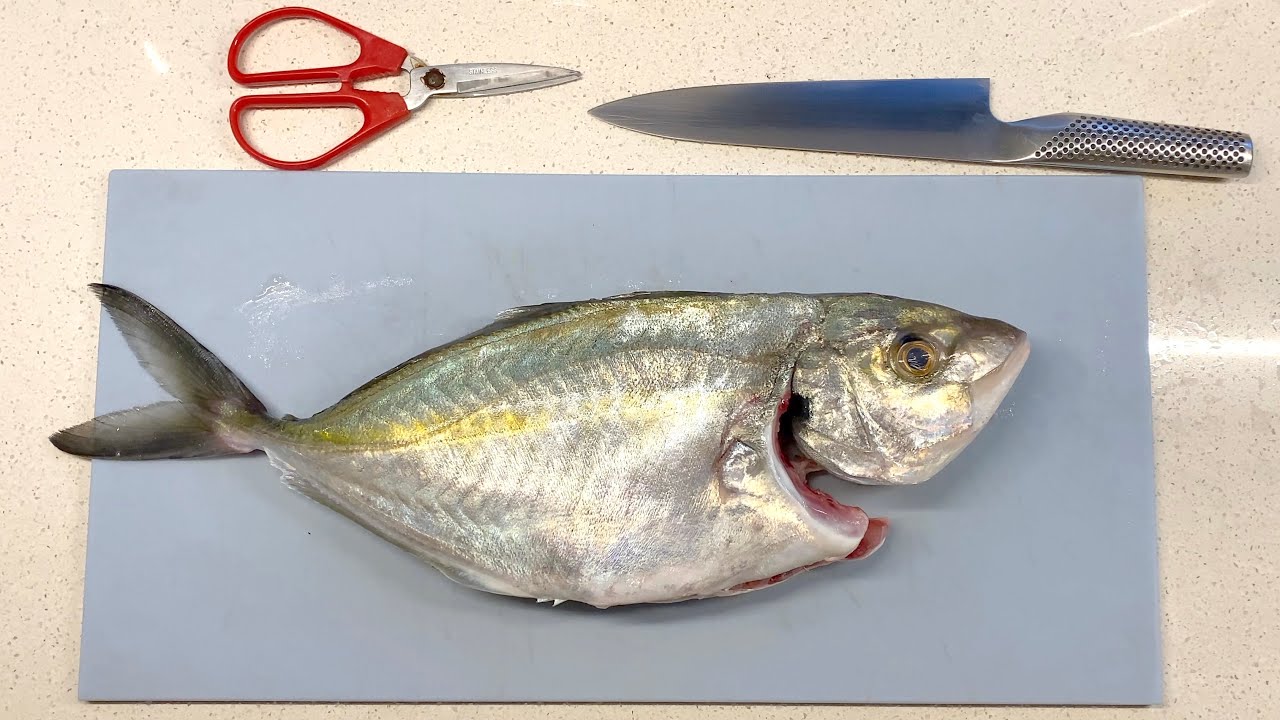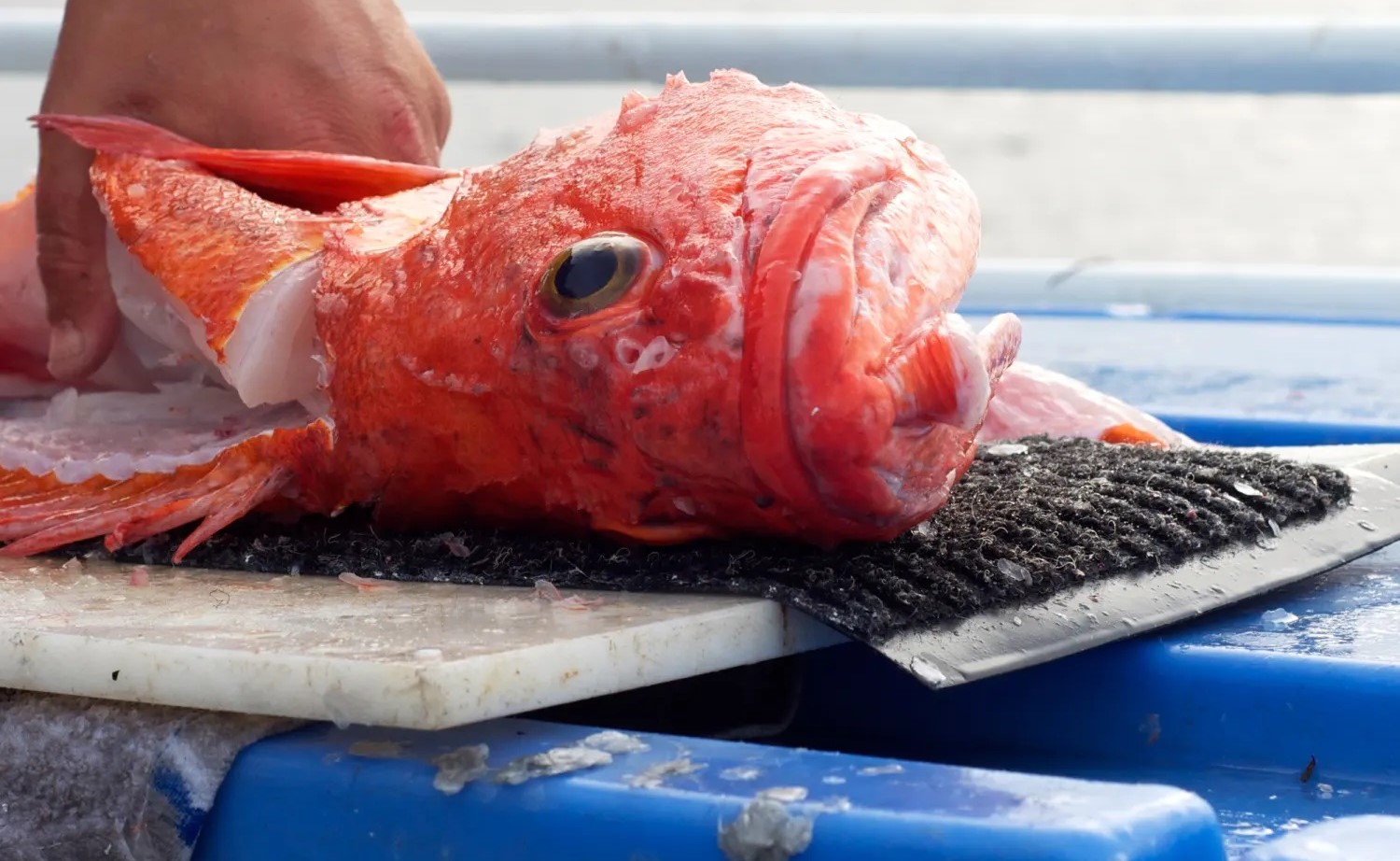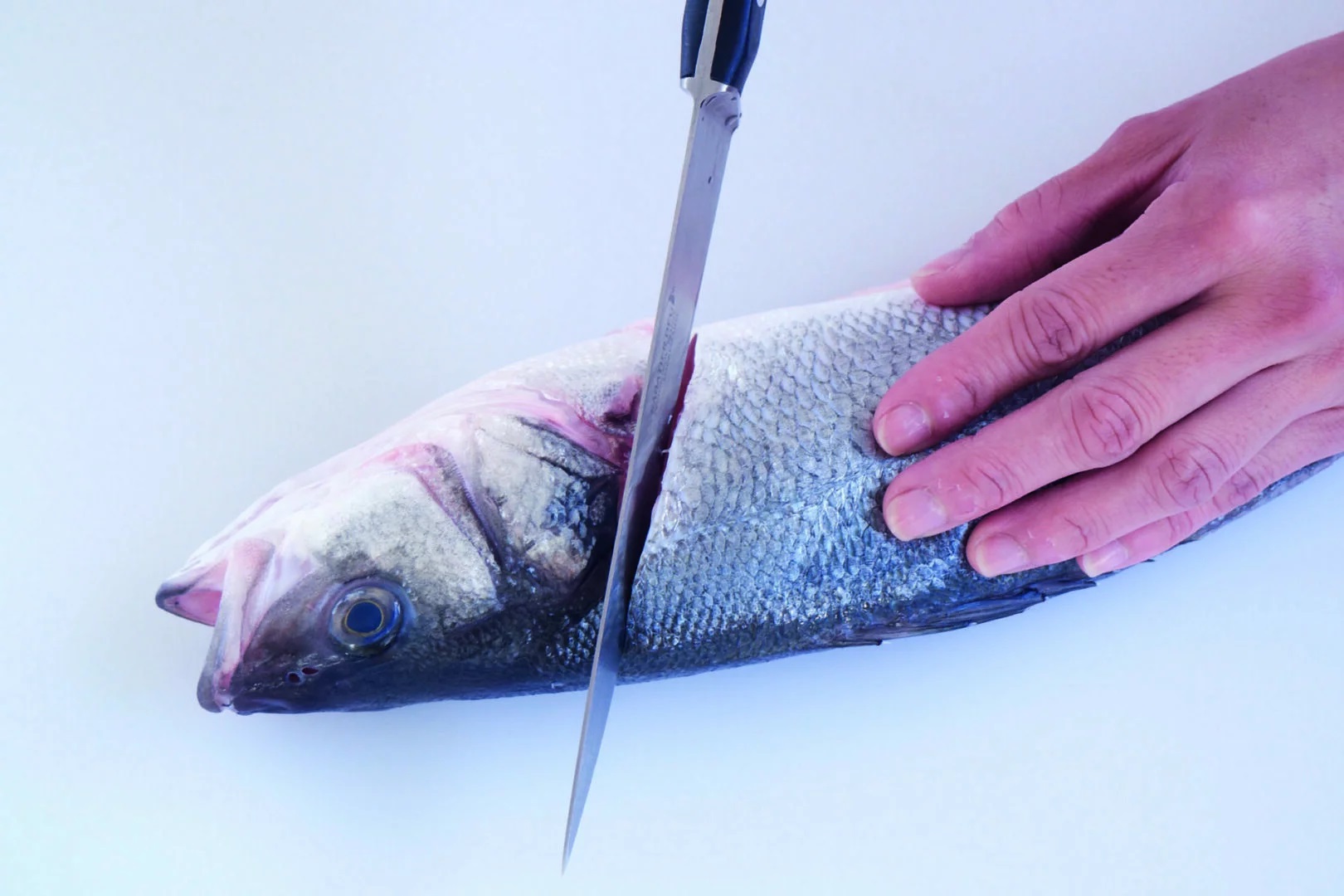Step-by-Step Guide: How to Fillet a Snook
Snook is a popular fish among anglers and food enthusiasts due to its delicious flavor and firm texture. If you’ve recently caught a snook and are wondering how to fillet it, you’ve come to the right place. Filleting a snook may seem daunting at first, but with the right technique, you can easily extract the succulent meat from the fish.
What You’ll Need
Before you begin, gather the following items:
- Sharp fillet knife
- Cutting board
- Bowl of water
- Paper towels
Step 1: Prepare the Work Area
Find a clean and spacious area to work on. Lay down a cutting board and ensure that it’s stable and won’t slip during the filleting process.
Step 2: Rinse the Snook
Before filleting the snook, rinse it under cold water to remove any debris or scales that may be present on the skin.
Step 3: Make the Initial Cut
Lay the snook on the cutting board and make an incision behind the gills and pectoral fin, angling the knife towards the head. This initial cut will allow you to start the filleting process.
Step 4: Remove the Fillet
Using smooth, steady strokes, run the fillet knife along the spine of the snook, separating the fillet from the bones. Take your time and follow the natural curvature of the fish to ensure you extract the maximum amount of meat.
Step 5: Repeat on the Other Side
Once you’ve removed the first fillet, flip the snook over and repeat the process on the other side. Be mindful of any small bones as you work your way through the filleting process.
Step 6: Remove the Skin
With both fillets extracted, it’s time to remove the skin. Place the fillet skin-side down on the cutting board and carefully slide the knife between the flesh and the skin, using a back-and-forth motion to separate the two.
Step 7: Inspect for Bones
After removing the skin, inspect the fillets for any remaining bones. Use a pair of clean tweezers to carefully remove any pin bones that may be present.
Step 8: Rinse and Dry
Once the fillets are bone-free, rinse them under cold water and pat them dry with paper towels. This will ensure that the fillets are clean and ready to be cooked.
Conclusion
Congratulations! You’ve successfully filleted a snook. Now, you can use the fresh fillets to prepare a variety of delicious dishes, such as grilled snook, snook ceviche, or snook tacos. The key to mastering the art of filleting a snook is practice, so don’t be discouraged if it takes a few tries to perfect your technique. With time and experience, you’ll be able to fillet a snook with confidence and ease.
Happy cooking!
For those looking to practice their newfound filleting skills, there's a variety of snook recipes to try. Grilled Snook with Lemon and Herb Butter is a great starting point. The simplicity of grilling highlights the fresh flavors of the fish. Pan-Seared Snook with Garlic and White Wine Sauce brings a touch of elegance with its rich, savory sauce. For a bit of spice, Blackened Snook Tacos offer a fun, flavorful twist on traditional tacos. Snook Ceviche with Fresh Lime and Cilantro is a refreshing option for those who enjoy a zesty, citrusy kick. If you're in the mood for something comforting, Baked Snook with Lemon and Dill is a classic, aromatic dish. Each of these recipes allows you to showcase your filleting skills while bringing out the best in this versatile fish.
